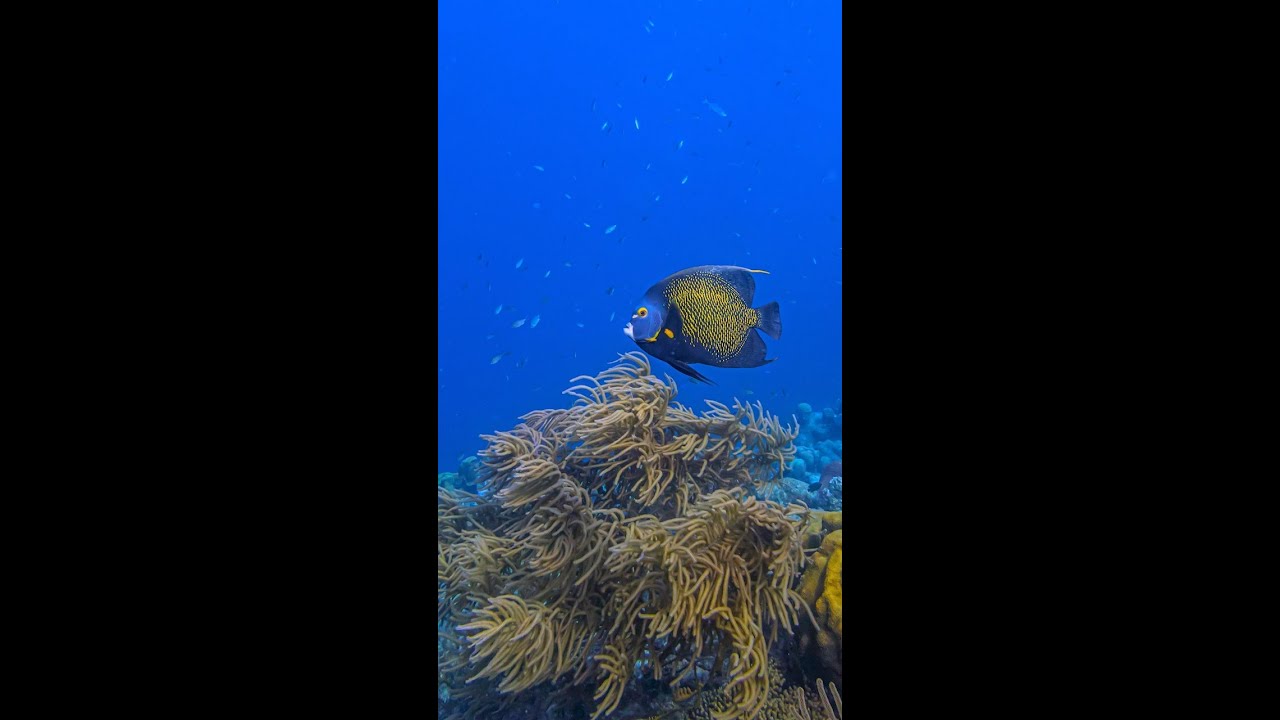- Detailed biology and physical characteristics of the French angelfish.
- Habitat preferences and geographic distribution.
- Role in the ecosystem and feeding habits.
- Reproduction and life cycle.
- Conservation status, threats, and efforts for preservation.
The French angelfish, Pomacanthus paru, stands out in the aquatic realm with its striking coloration and dynamic movements. Recognized by its vibrant yellow rims and contrasting deep blue to black bodies, this species captivates marine enthusiasts and scientists alike. Understanding the intricacies of its biology and behavior can provide insight into its role in marine ecosystems and its importance in conservation efforts.
The physical characteristics of the French angelfish are defined by its oval, laterally compressed body. As a juvenile, it exhibits vertical yellow bands that gradually morph into the more muted adult design. This color transformation assists in reducing predation, allowing juveniles to blend into their surroundings. Adults can reach up to 40 centimeters in length and weigh several pounds, giving them a commanding presence among reef dwellers. More than just aesthetics, their thick, rigid scales offer protection against predators and environmental challenges found within their marine habitat.
These fish predominantly inhabit the warm, tropical waters of the Western Atlantic Ocean. Their range extends from Florida down to Brazil, including prevalent exploration within the Caribbean Sea. French angelfish exhibit a preference for coral reef environments, where they find both food and shelter. The complex structure of coral reefs provides optimal perches and niches where they can exploit various feeding strategies. This habitat selection showcases their dependence on healthy coral systems, further highlighting their vulnerability to environmental changes.
The role of the French angelfish in its ecosystem extends beyond its striking appearance. They engage in mutualistic relationships with other marine species, notably through their role as cleaners. French angelfish consume parasites and dead skin from larger fish, offering these ‘clients’ improved health while gaining valuable nutrients. This cleaning behavior underscores a significant ecological niche, promoting overall reef health and assisting in maintaining biodiversity.
The feeding habits of the French angelfish span a variety of marine resources. They are known to consume sponges, algae, tunicates, zooplankton, and even small invertebrates. This broad diet contributes to the angelfish’s resilience within its habitat, allowing adaptability in its food intake based on availability—they play a crucial role in controlling sponge populations. The dietary patterns of these fish illustrate the intricate connections between marine species and the balance needed to sustain their environments.
Reproduction among French angelfish involves complex mating rituals and social structures. These fish are monogamous, typically forming pairs that remain together for long periods, sometimes years. Such pairs engage in synchronized swimming displays, an indication of a strong bond and coordination necessary for effective spawning. The females release eggs simultaneously with the male’s sperm in a behavior known as broadcast spawning. These eggs then enter the pelagic zone, where they remain for several days before hatching. The resulting larvae are vulnerable to predation, but those that survive eventually settle onto the reef and grow into juveniles, continuing the life cycle. This reproductive strategy, while effective, renders their populations susceptible to environmental pressures, particularly those affecting water quality and habitat structure.
French angelfish face an array of threats that jeopardize their populations. Overfishing and the aquarium trade pose direct risks, as adults are often sought after for their appeal. Additionally, the degradation of coral reef habitats due to climate change, pollution, and ocean acidification endangers their ecological niche. This loss of habitat and subsequent food resources severely affects their ability to thrive. The conservation status of the French angelfish necessitates action to ensure their continued survival. Current efforts aimed at reef restoration, sustainable fishing practices, and marine protected areas help safeguard their future. These initiatives underscore the complex interplay between biodiversity conservation and marine ecosystems’ resilience in a rapidly changing world.
The French angelfish’s beauty and ecological significance highlight the importance of understanding marine life intricacies. Through detailed exploration of their biology, habitats, behaviors, and conservation, we gain a fuller appreciation for this species’ role in marine environments. Each element of their existence connects to broader ecological dynamics, emphasizing the need for continued research and preservation efforts. By prioritizing these efforts, we support not only the survival of the French angelfish but also the health and vitality of our ocean’s ecosystems.
*****
Source Description
Talk about relationship goals!❤️ 🐠 French angelfish form lifelong pairs and are super territorial when it comes to their spawning grounds.


